
A blog focusing on 1/64 diecast from such popular brands as Hot Wheels, Matchbox, Johnny Lightning, M2 Machines, GreenLight, Tomica, Yat Ming, Majorette, MotorMax, Siku, Corgi, Guisval, Playart, Ertl, Zylmex, Racing Champions, & many more. Swifty's Garage features a daily Car Of The Day and news updates from your favorite brands!
Monday, February 21, 2011
Car Of The Day: February 21, 2011
Today's car of the day is Topper Johhny Lightning's 1968 Chevrolet El Camino.
The Chevrolet El Camino is a coupe utility vehicle produced by the Chevrolet division of General Motors for the 1959–1960 model years in response to the success of its rival, Ford Ranchero. Production resumed for the 1964–1977 model years based on the Chevelle platform, continuing for the 1978–1987 model years based on the Malibu. Although based on corresponding Chevrolet car lines the vehicle is classified and titled in North America as a truck. GMC's badge engineered El Camino variant, the Sprint was introduced for the 1971 model year. Renamed Caballero in 1978, it too was produced through the 1987 model year. El Camino is Spanish for "the road" or, alternatively, "the path".
For more information and pictures of the real car please visit: Chevrolet El Camino
I don't have a whole lot of Toppers, which is why I was very pleasantly surprised to receive this one as an RAOK from bunkerjim at our get-together a few weeks back. Caught me totally by surprise and it's a beauty! I'd have run this as COTD sooner but try as I might, I am just not getting good pictures of this car out of my current camera. The camera has some issues and I suspect the reflective finish on this model isn't being picked up. Thank you, Jim!
The mid-1955 introduction of Chevrolet's stylish Cameo Carrier pickup helped pave the way for the El Camino. Although a truck in every sense, the Cameo offered an unprecedented array of car-like features; Two-tone paint, smooth V8 power, an automatic transmission, a relatively luxurious interior, power assists, and more were among its attractions. The Cameo no doubt inspired Dodge, International, and Ford to offer flush-side cargo boxes on some of their 1957 pickups. But Ford had another surprise in store for the competition in 1957. It was the Ranchero. The 1959 El Camino was Chevy's eventual answer to the Ford Ranchero. Chevrolet was locked into the third and final edition of its 1955 chassis/body program for 1957. Ford however had a totally new chassis and body that year making the timing right only for Ford. Chevrolet had a one-year body design for its 1958 passenger cars. It would still have been impractical to engineer a response to the relatively low-volume Ranchero, which Ford simply facelifted for 1958. Furthermore, Chevrolet's efforts on the truck front "were focused on releasing smooth-sided "Fleetside" pickups as more-practical midseason successors to the Cameo. By the time Chevrolet unveiled the El Camino, the full-size Ford Ranchero was already headed for the last roundup. The El Camino and Ranchero would compete only in the 1959 model year.
1968 introduced a longer El Camino, based on the Chevelle station wagon/4-door sedan wheelbase and shared Chevelle Malibu exterior and interior trims. The interior was revamped including cloth and vinyl or all-vinyl bench seats and deep twist carpeting. All-vinyl Strato bucket seats and center console were an $111 option. Power front disc brakes and Positraction were optional. A new, high performance Super Sport SS396 version was launched. The Turbo-Jet 396 had 325 bhp (242 kW) or 350 bhp (260 kW) versions. Returning to the official options list for the first time since late 1966 was the 375 bhp (280 kW) L78. It had solid lifters, big-port heads, and an 800-cfm Holley four-barrel on a low-rise aluminum manifold. A three-speed manual was standard with all engines, and a four-speed or automatic were optional.
1969 models showed only minor changes for 1969, led by more rounded front-end styling. A single chrome bar connected quad headlights, and a slotted bumper held the parking lights. New round instrument pods replaced the former linear layout. 1969 marked the first time that the legendary Chevrolet 350 V-8 was used in an El Camino. The Super Sport group included a 265- or 325-horsepower 396-cubic-inch V-8 beneath a double-domed hood, along with a black-out grille displaying an SS emblem. More potent editions of the 396 engine also made the options list, developing 350 or 375 horsepower (280 kW). Options included power windows and locks.
1970 models received sheetmetal revisions that gave the bodies a more squared-up stance, and interiors were also redesigned. 1970 saw the availability of a new SS396 which actually displaced 402 cu in (6.6 L) (although all emblems read 396). Chevrolet's largest and most-powerful engine of the time was also put into a select few El Caminos. The LS6 454 in³ engine, rated at 450 hp (336 kW) and 500 lb·ft (680 N·m) of torque, gave the El Camino 1/4 mile times in the upper 13 second range at almost 105 mph (169 km/h).
Subscribe to:
Post Comments (Atom)
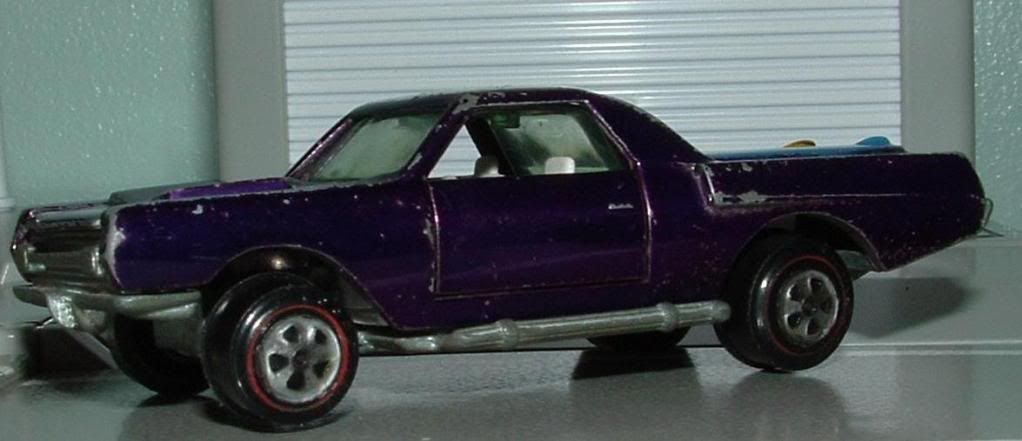
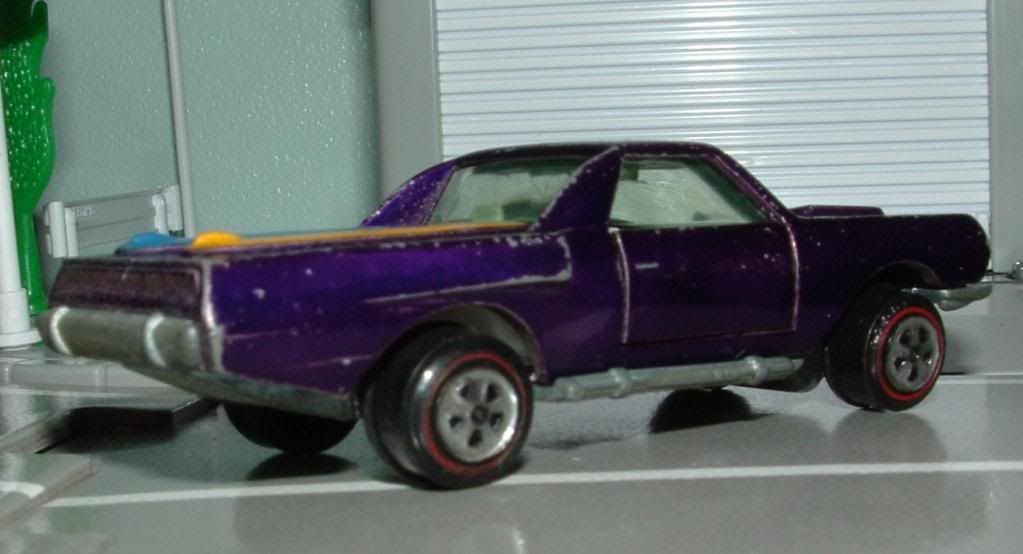

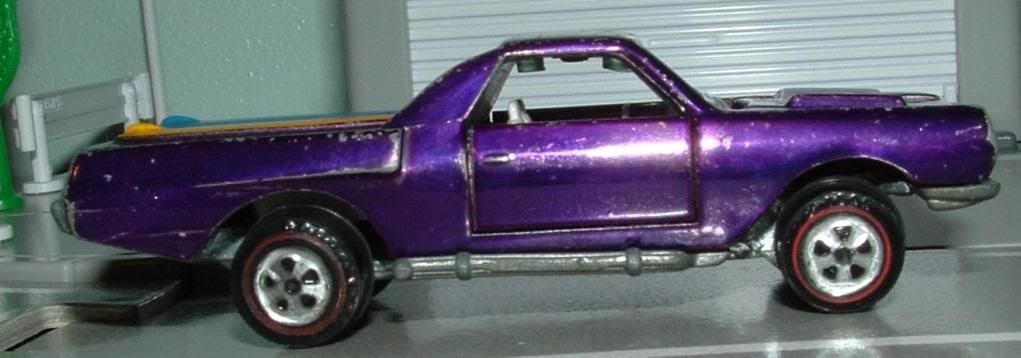
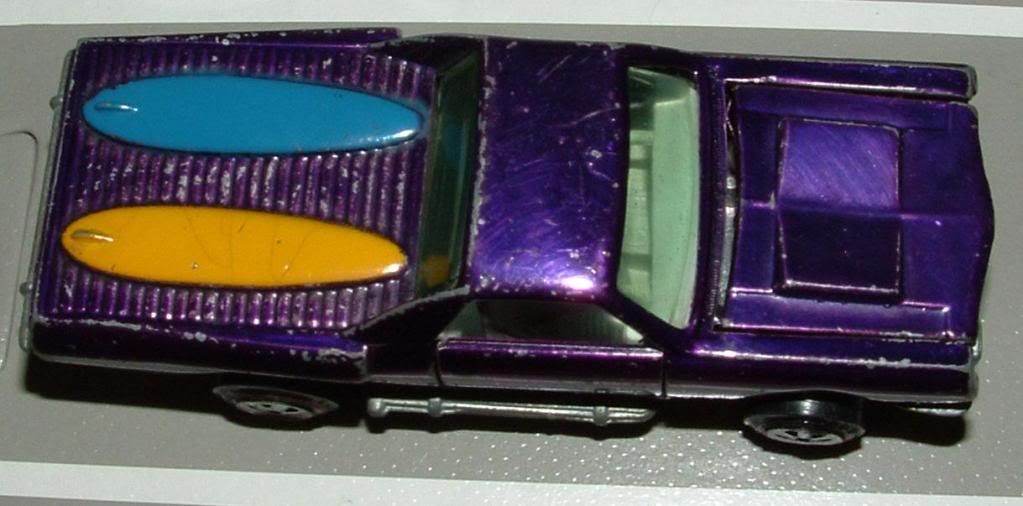
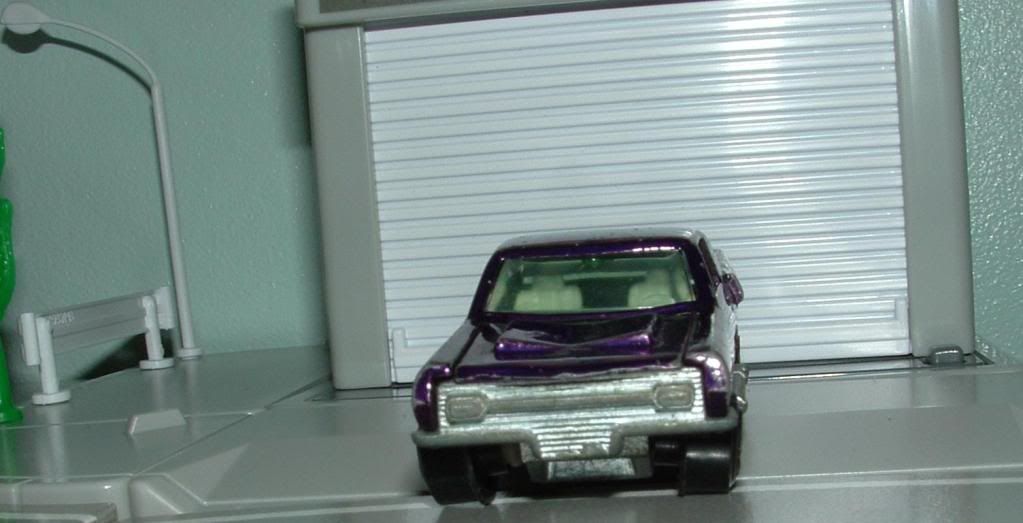
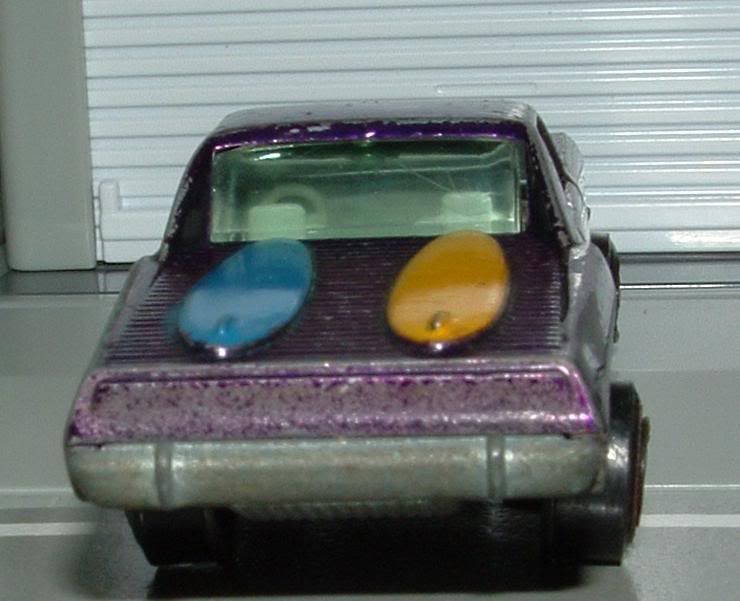
No comments:
Post a Comment